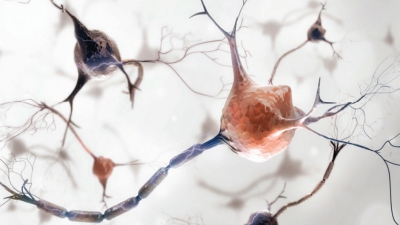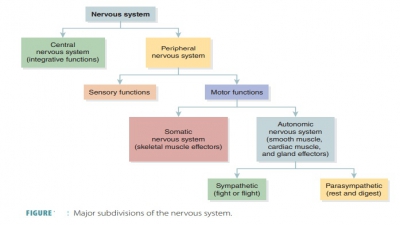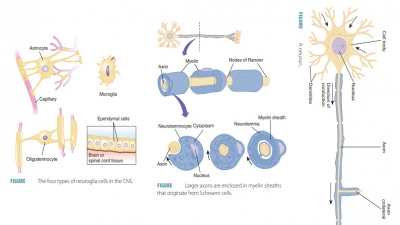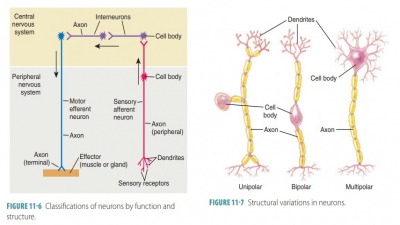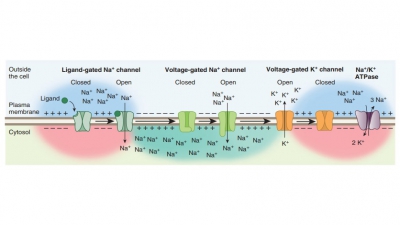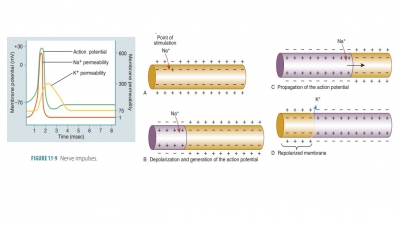Summary
| Home | | Anatomy and Physiology | | Anatomy and Physiology Health Education (APHE) |Chapter: Anatomy and Physiology for Health Professionals: Support and Movement: Muscular System
Skeletal muscles primarily function in groups and are differentiated into prime movers (agonists), synergists, and antagonists.
Summary
Skeletal muscles primarily function
in groups and are differentiated into prime movers (agonists), synergists, and
antagonists. One end of a skeletal muscle is usually fastened to a mostly
immovable section called an origin at a movable joint. Its other end connects
to a movable section called an insertion located on the other side of the
joint. Muscle contraction produces certain actions or movements. A muscle’s
“head” is the part closest to its origin. When joint angles are decreased,
flexion occurs, and when joint angles are increased, extension occurs. Muscle
injuries are assessed via manual muscle testing. Muscles are then graded in
numbers ranging from zero to five, with five indicating normal function and
zero indicating no muscle activity.
Skeletal muscles are mostly
classified as parallel muscles, in which fascicles are parallel to the long
axes. They are also classified as convergent (extend-ing over a broad area with
a single attachment site), pennate (creating a common angle with the ten-don,
with fibers pulling at an angle), and circular (arranged around a body opening
in a concentric pattern). Range of motion and muscle strength is based on how
the fascicles are arranged, with par-allel fascicles offering the most ability
to shorten but less strength. Muscles may be named based on their location,
shape, size, fiber direction, number of origins, attachment locations, and
actions. Most skeletal muscles use leverage to move, with the bones acting as
levers and the joints acting as fulcrums. They either operate at a mechanical advantage,
which offers more power, or at a mechanical disadvantage, which offers more
speed and range of motion. Our muscular system reaches its maximum ability by
age 25, but begins to deteriorate by age 40.

